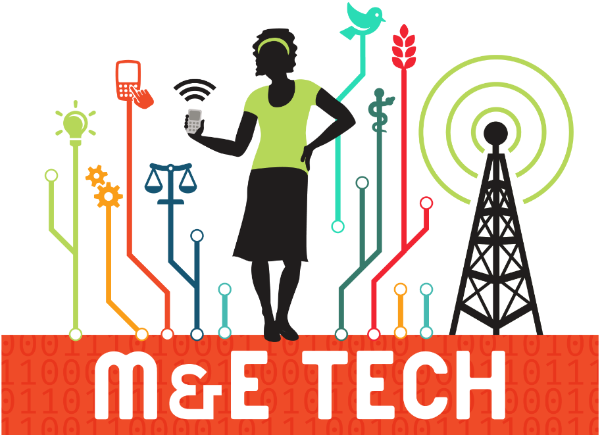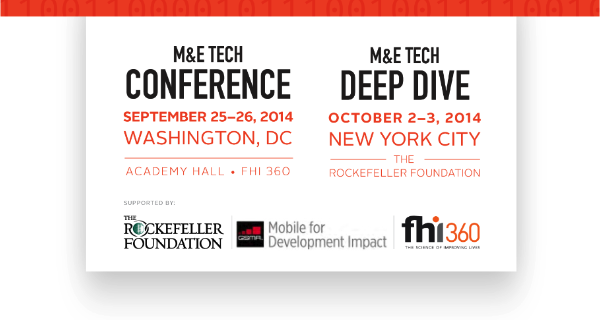New technologies are opening up all kinds of possibilities for improving our efforts in monitoring development programs and evaluating our short and long-term impact. In fact, the M&E field is undergoing a revolution in data collection and analysis, thanks to technological innovations from sensors to drones to constituent-driven multimedia campaigns that catch us by surprise.
These and other new technologies and engagement opportunities are turning old M&E processes and methodologies on their heads and the demand for quantifiable results is more important than ever. From foundations, to bilaterals, to individual donors, there is an expectation for real-time feedback as it happens. Yet, there is still a gap between donor hopes and implementer realities, and we must ask ourselves:
- Beyond surveys and dissemination, how can ICT systematically improve M&E?
- How real is real-time data? And is it really timely? And how timely is really necessary?
- What ethics should we have with constituent data and privacy? And how can we enforce them?
- How can we use ICT to close feedback loops and truly involve communities in development decisions?
- What are the best practices in embedding M&E into an ICT4D program? Who is doing it right?
Overall, new technologies are enabling M&E to be at the heart of data-driven development, where constituents can be powerful co-evaluators of our work. Yet, all these conflicting trends can seem overwhelming when trying to find effective ways to build evidence-based interventions that can scale.
Please RSVP now to join The Rockefeller Foundation, GSMA, and FHI 360 for two events to cut through the hype and find proven solutions for using technology in M&E and evaluating ICT interventions.

